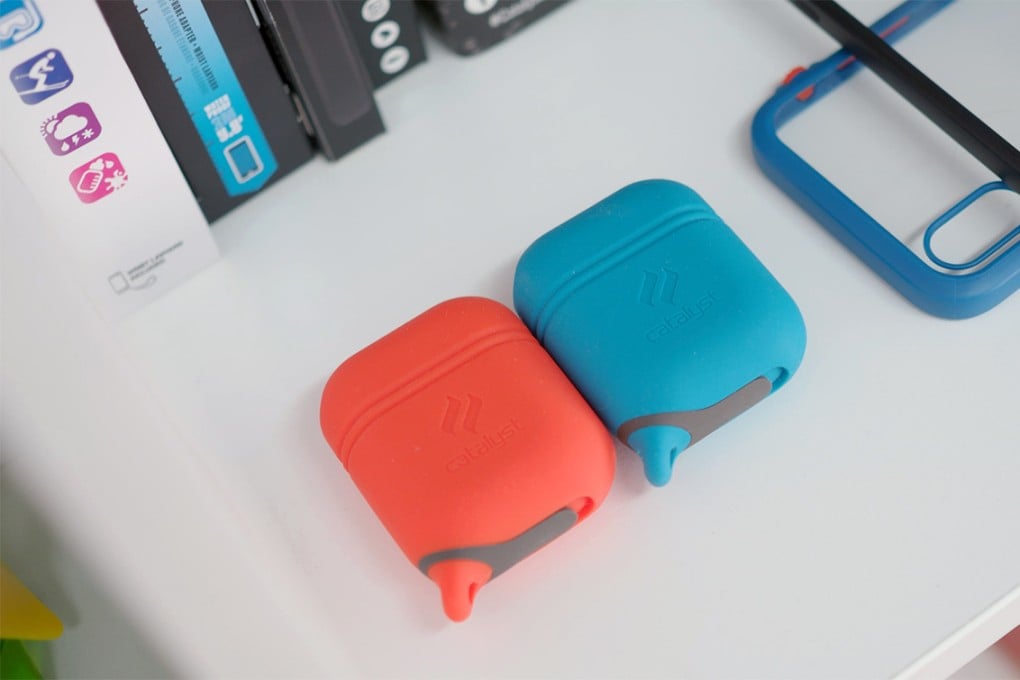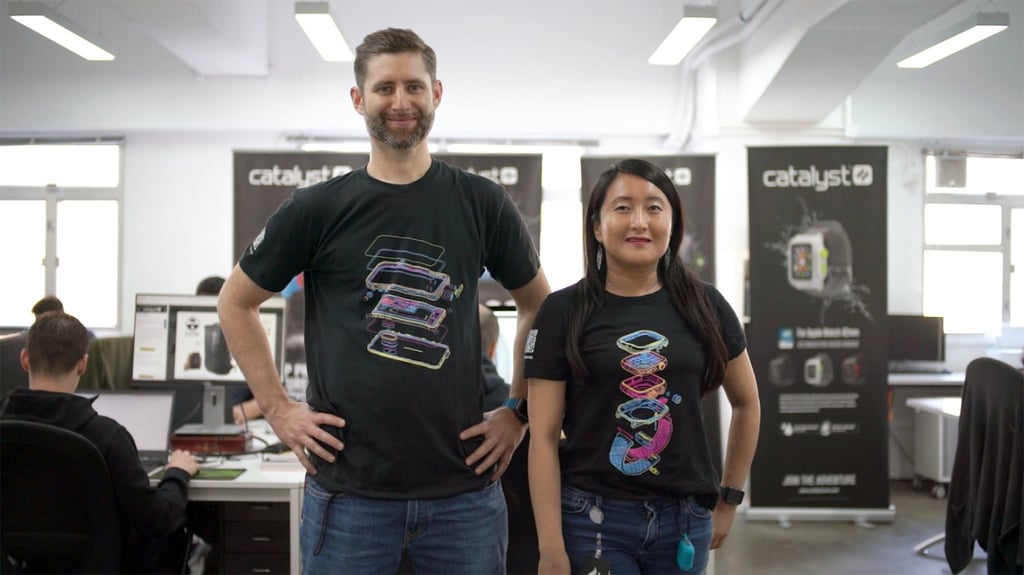How two outdoor adventurers built an accessory that Apple didn’t know it wanted
Hong Kong-based startup Catalyst makes waterproof and drop-proof cases for AirPods, iPhones, iPads and Apple Watches

June Lai and Josh Wright wished they could take their iPhones with them wherever they went. But the outdoor enthusiasts knew the devices wouldn’t survive the places they regularly visit… like mountains, canyons and beaches.
“We’re using our iPhones for our route guides for rock climbing. They are obviously used for navigation and communication, but we really couldn’t use them in the climbing cracks,” Wright told me in their office in Hong Kong.
The potential hazards ranged from dropping the phone while pulling it out of a backpack in the middle of a climb to getting it soaked under a massive downpour.

Today, Catalyst products are sold in 70 countries around the world, from online outlets like Amazon to physical stores like Best Buy and Target. The line has since expanded to include cases tailored for different gadgets -- iPhones, Samsung phones, iPads, Apple Watches and AirPods. They’re made to withstand a drop from the top of a three-story building or a 6-feet dive into the ocean.